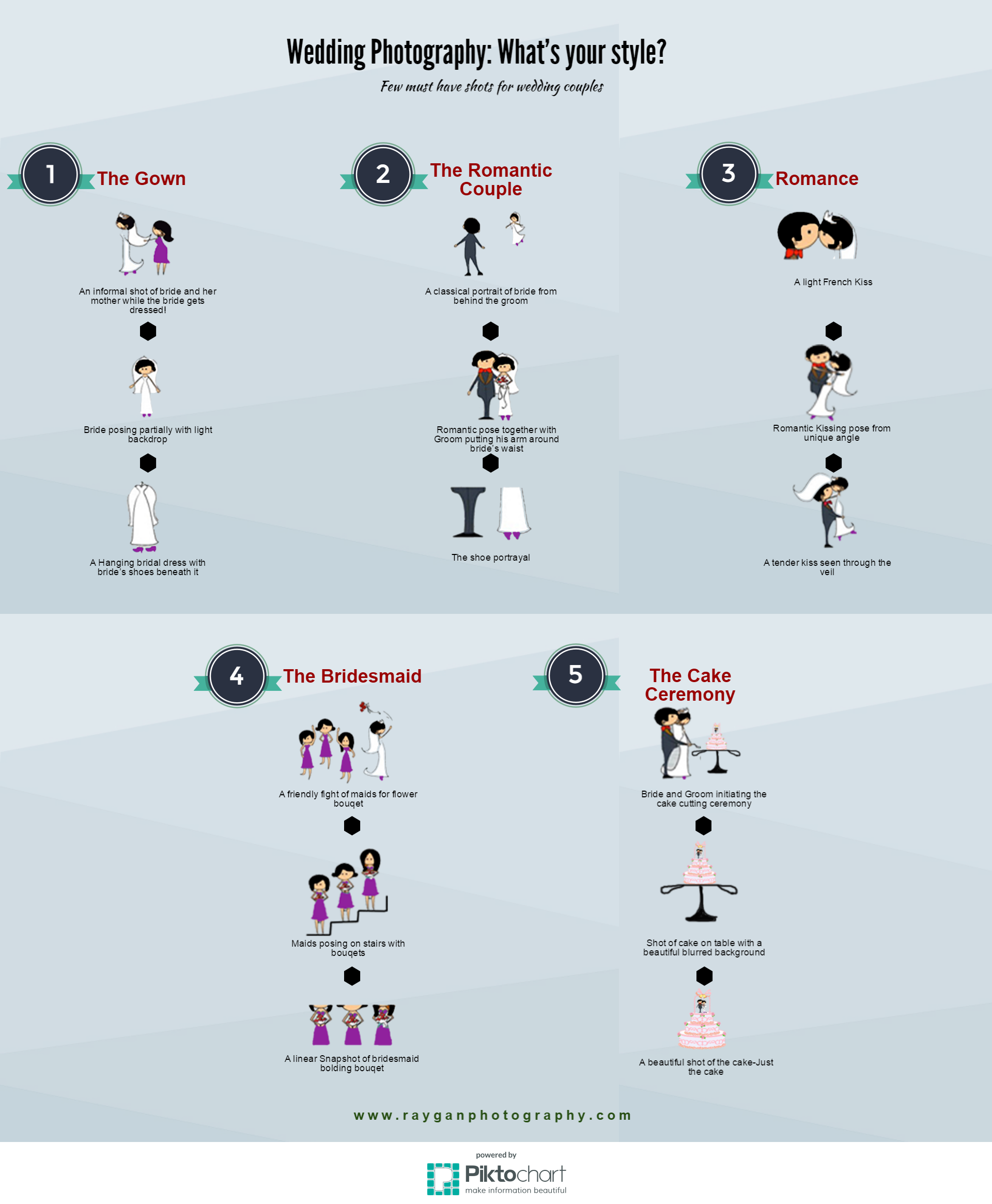What Every Digital Photographer Ought To Understand About Illumination
What Every Digital Photographer Ought To Understand About Illumination
Blog Article
Post Writer-Rogers Covington
As a professional photographer, you understand that lights can make or break your photos. Comprehending the subtleties of both natural and fabricated light is important for catching the mood and quality you aim for in your job. Whether you're chasing the excellent gold hour radiance or adjust your artificial arrangements, mastering these aspects can boost your photography substantially. However there prevail mistakes that several overlook, and recognizing them can change your strategy to every shoot. Allow's discover what you could be missing out on and exactly how it can impact your outcomes.
Comprehending All-natural Light
Comprehending all-natural light is crucial for any kind of digital photographer aiming to enhance their work. It's the structure of excellent photography, affecting state of mind, tone, and quality. When you fire outdoors, take note of the moment of day. The gold hour-- soon after dawn and before sundown-- supplies soft, cozy light that can change common scenes into spectacular images.
Don't undervalue the power of overcast days. Cloud cover diffuses sunlight, creating a soft, also light that's ideal for portraits and macro digital photography. You'll discover shades pop in this type of illumination without harsh shadows.
Positioning issues, too. Constantly consider your topic's orientation to the light. If https://i-d.vice.com/en_uk/article/pa7jyy/this-photo-company-connects-nyc-photographers-artists-and-skaters-through-film 's behind your topic, you may wind up with a silhouette, which can be remarkable yet mightn't be what you desire. Conversely, straight sunlight can produce uncomplimentary shadows.
Experiment with angles; often, changing your viewpoint can yield outstanding results. Use natural reflectors, like water or sand, to bounce light onto your subject, adding dimension.
Learning Artificial Light
Understanding man-made light is important for digital photographers who want to take their skills to the next degree. Whether you're utilizing speedlights, workshop strobes, or continuous lights, comprehending how to manipulate these resources can substantially boost your photos.
Start by familiarizing on your own with the basics of light high quality, instructions, and shade temperature. Explore various modifiers like softboxes, umbrellas, or grids to manage the soft qualities or violence of the light.
You'll find that soft light frequently produces complementary results, while harsher light can add dramatization and depth. Don't shy away from shadows; they can boost the three-dimensionality of your topics.
Pay very close attention to the placement of your lights. A light located also close to your subject can create unflattering outcomes, while too away can bring about a lack of information. Utilize a light meter or your video camera's pie chart to ensure you're exposing appropriately.
Finally, keep in mind that artificial light can be blended with ambient light for imaginative effects. Balancing these resources may take practice, but once you grasp it, your photography will really shine.
Strategies for Different Scenarios
When you enter various shooting situations, adapting your illumination methods is critical for recording the best pictures. For outside portraits, utilize the golden hour-- early morning or late afternoon light-- to soften darkness and improve complexion.
If it's an extreme lunchtime sunlight, take into consideration utilizing a reflector to jump light back onto your subject or look for shaded areas for a much more even direct exposure.
In low-light circumstances, like interior occasions, enhance your ISO and use a vast aperture to let in even more light. A tripod can assist remove camera shake, permitting longer direct exposures without obscuring.
If you're shooting at night, trying out off-camera flash to create dynamic lighting and depth in your pictures.
For item digital photography, make use of diffused lights to stay clear of harsh representations. https://www.liveinternet.ru/users/bentsen_bullard/post509036991 or light tents can assist achieve this result.
When photographing landscapes, think about the instructions of light and time of day, as it can considerably alter the mood of your shot.
Constantly prepare to readjust your setups and placing based upon the circumstance, as versatility is crucial to understanding lighting in digital photography.
Final thought
To conclude, grasping lighting is crucial to raising your digital photography abilities. Accept natural light's charm throughout gold hour, and don't avoid experimenting with fabricated light techniques. By adapting please click the next webpage to different circumstances, you'll record sensational photos that reverberate with emotion and quality. https://www.liveinternet.ru/users/perkins_lysgaard/post509044745 in mind, the best lighting can transform a common shot into something phenomenal, so keep exercising and fine-tuning your understanding of both natural and synthetic light. Pleased shooting!
